How to train a puppy not to get on the furniture
debbiep_gw
13 years ago
Related Stories

PETSSo You're Thinking About Getting a Dog
Prepare yourself for the realities of training, cost and the impact that lovable pooch might have on your house
Full Story
FURNITUREGet Gorgeous Art Deco Furniture for Less
Save money while still getting the art deco look you love, with these shopping strategies and insider tips
Full Story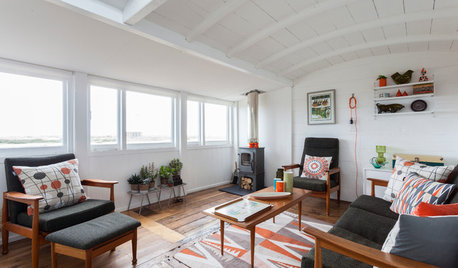
HOMES AROUND THE WORLDHouzz Tour: Former Train Car Now a Cozy Beach Home
On a wild beach in southern England, a restored railroad car is a relaxing coastal getaway for its creative owners
Full Story
HOUZZ TVHouzz TV: This Dream Midcentury Home in a Forest Even Has Its Own Train
Original wood ceilings, a cool layout and, yes, a quarter-scale train persuaded these homeowners to take a chance on a run-down property
Full Story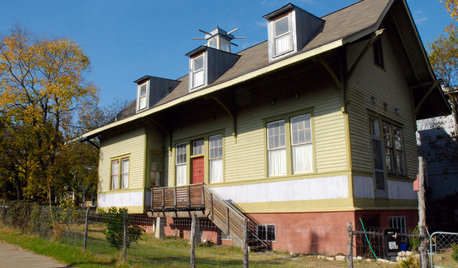
HOUZZ TOURSMy Houzz: From Train Depot to Family Home in Texas
Sleeping in a train station isn't normally an enviable affair — unless it's a remodeled 4-bedroom beauty filled with family heirlooms
Full Story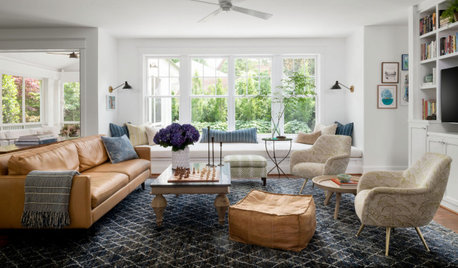
HOUSEKEEPING7-Day Plan: Get a Spotless, Beautifully Organized Living Room
A task a day sends messes away. Take a week to get your living room in shape
Full Story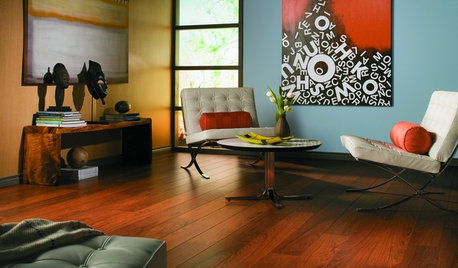
REMODELING GUIDESLaminate Floors: Get the Look of Wood (and More) for Less
See what goes into laminate flooring and why you just might want to choose it
Full Story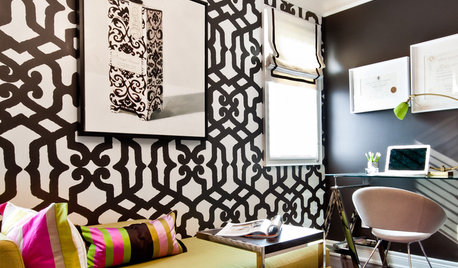
HOUZZ TOURSHouzz Tour: Builder's Beige Gets a Makeover
Home goes from boring to lively with color, furniture and textures to fit a family's personality
Full Story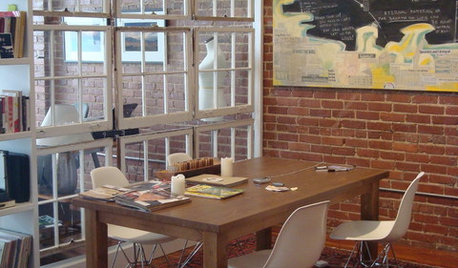
REMODELING GUIDESGet What You Need From the House You Have
6 ways to rethink your house and get that extra living space you need now
Full Story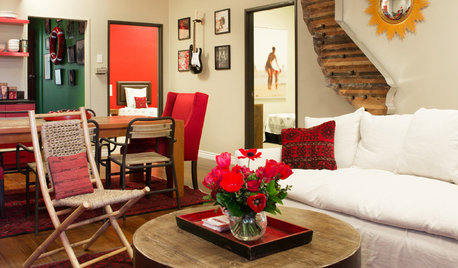
DESIGN FOR GOODAt-Risk Teens Get a Well-Designed Home and Real Hope
Designers and other volunteers create an apartment to keep older foster kids off the streets, off drugs and on a path to a better life
Full Story





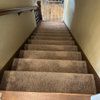

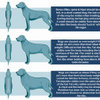
cindyb_va
carmen_grower_2007
Related Professionals
Martinsville Architects & Building Designers · Chicago Furniture & Accessories · Potomac Furniture & Accessories · Clark Furniture & Accessories · Lake Arrowhead Furniture & Accessories · Marco Island Cabinets & Cabinetry · Rowland Heights Cabinets & Cabinetry · University Park Cabinets & Cabinetry · North Bay Shore Cabinets & Cabinetry · University City Flooring Contractors · East Grand Rapids Flooring Contractors · Lakeville Flooring Contractors · Newburgh Flooring Contractors · Whittier Flooring Contractors · Englewood Flooring Contractorsdebbiep_gwOriginal Author
annzgw
kitasmommie
carmen_grower_2007
cindyb_va